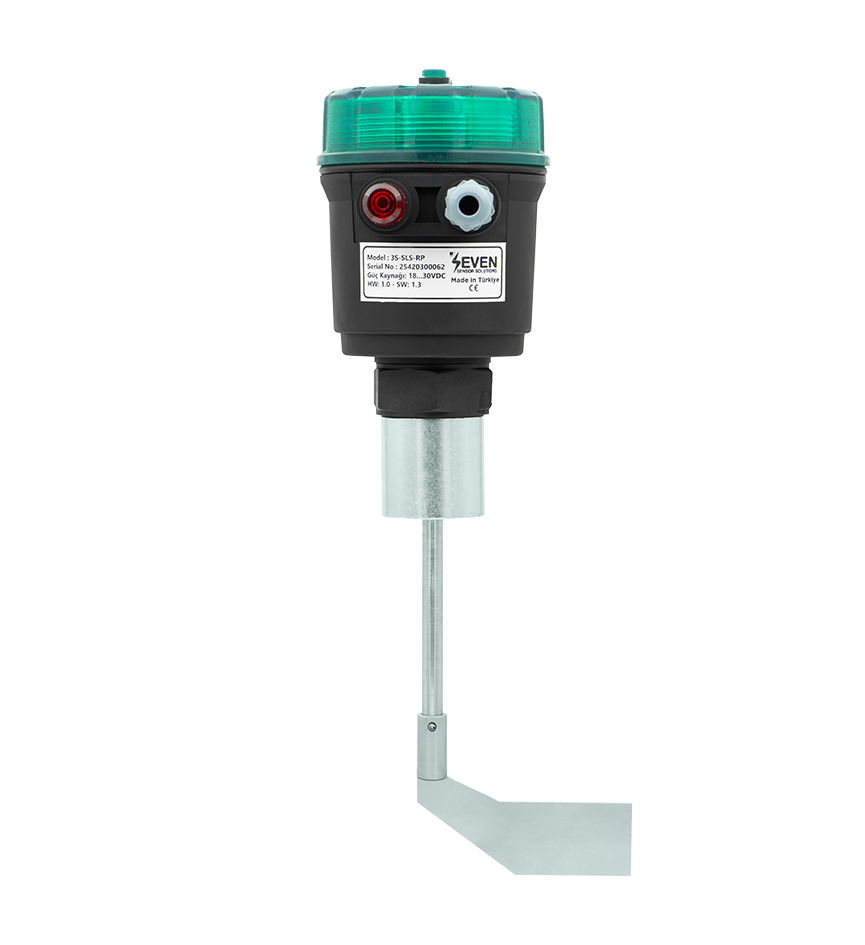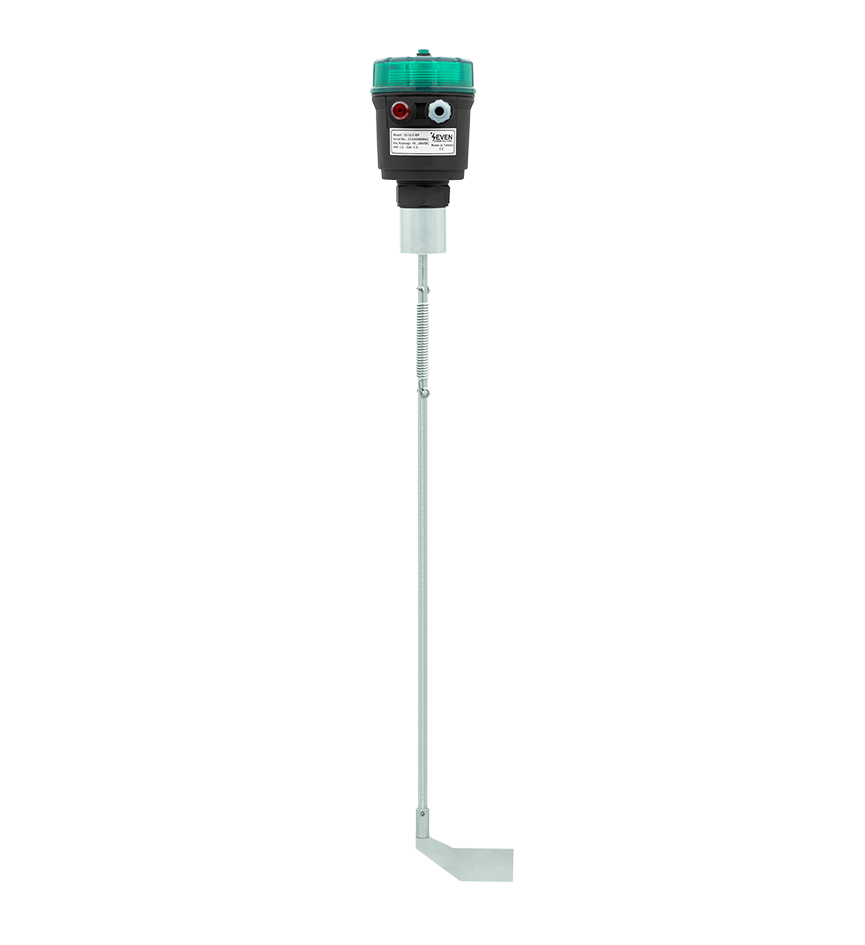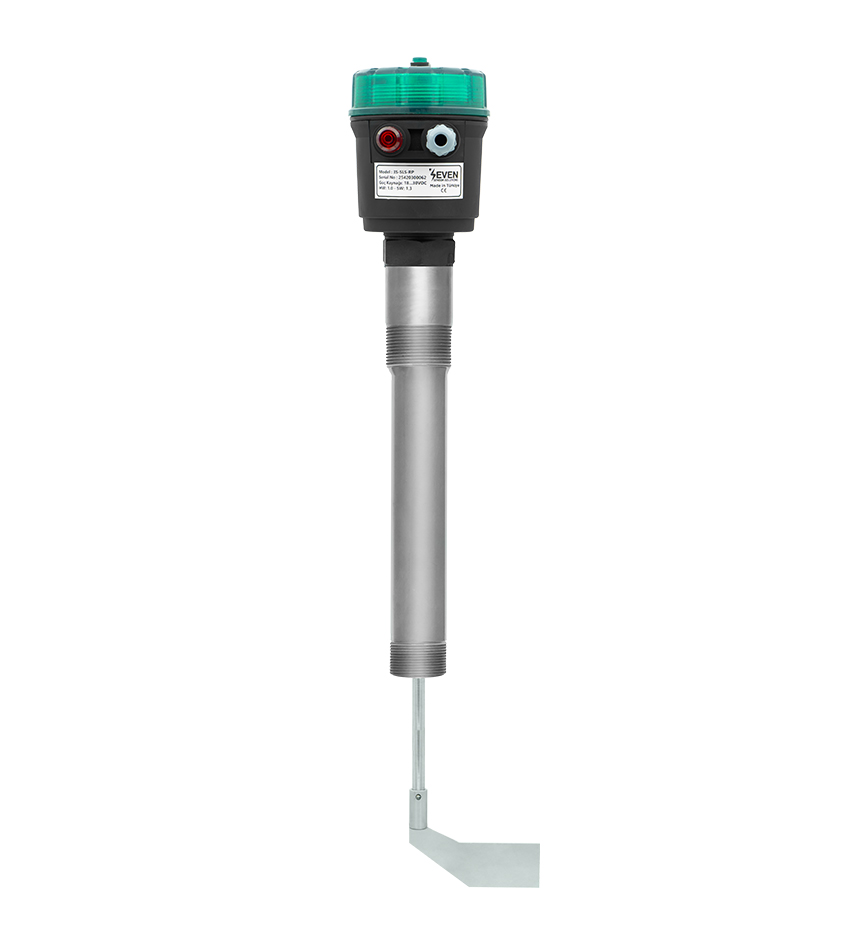Rotary Paddle Level Sensor
Rotary Paddle Level Sensor consists of a rotating paddle or blade that is inserted into the material being stored or processed. The paddle rotates freely, and when the material level reaches the paddle, it encounters resistance, causing the rotation to stop or slow down. This change in rotation is detected by the sensor, indicating the presence or absence of material at that level.
The Rotary Paddle Level Sensor is particularly effective for detecting the level of dry bulk solids such as grains, powders, and granular materials. It is often used in applications where the material has low bulk density, is prone to bridging or sticking, or has a tendency to form uneven surfaces.This type of sensor is relatively simple in design, cost-effective, and suitable for various types of storage vessels, including silos, hoppers, bins, and tanks. It provides reliable point-level detection, indicating whether the material level is above or below the paddle, making it useful for controlling material flow, preventing overfilling or emptying, and triggering alarms or automation processes.
Rotary Paddle Level Sensors can be equipped with different paddle types and lengths to accommodate different materials and vessel sizes. Some models also feature features such as adjustable sensitivity, self-cleaning paddles, and explosion-proof designs for hazardous environments.
It’s important to consider the material properties, environmental conditions, and specific requirements of the milling application when selecting and installing a Rotary Paddle Level Sensor to ensure accurate and reliable level detection


